Wave-shaped roof of recycled tiles tops Wang Shu's Fuyang Cultural Complex
November 07, 2018Pritzker Prize-winning architect Wang Shu's Amateur Architecture Studio has designed a cultural complex topped with clad in recycled tiles near Hangzhou, China.
The Fuyang Cultural Complex, comprises of three buildings – the Fuyang Museum, Fuyang Archives and Gongwang Art Museum.
The complex's wave-shaped rooftops are clad in mixed tiles and traversable via staircases and paths accessed from external galleries, offering sweeping views over lush mountains.
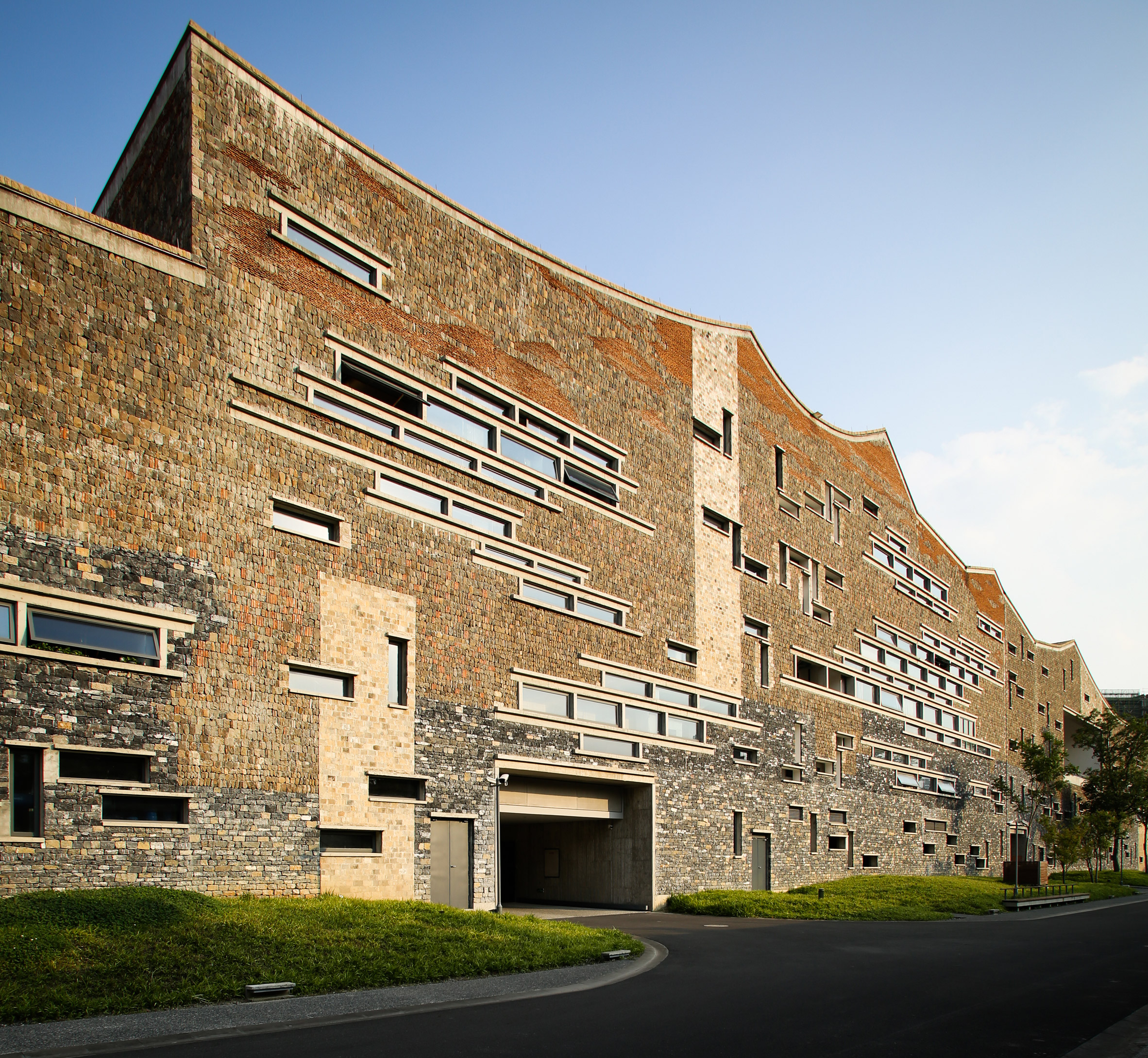
The upward curve of the overhanging roof tips are designed to echo the fly eaves of traditional Chinese architecture, while punctures in the roofs allow stairways to rise to the rooftop-level connecting them to the buildings and creating light wells into the spaces below.
Inside the buildings the roof forms can be seen in the tent-like ceilings of the vaulted gallery spaces below, which reveal the use of contemporary textured concrete.
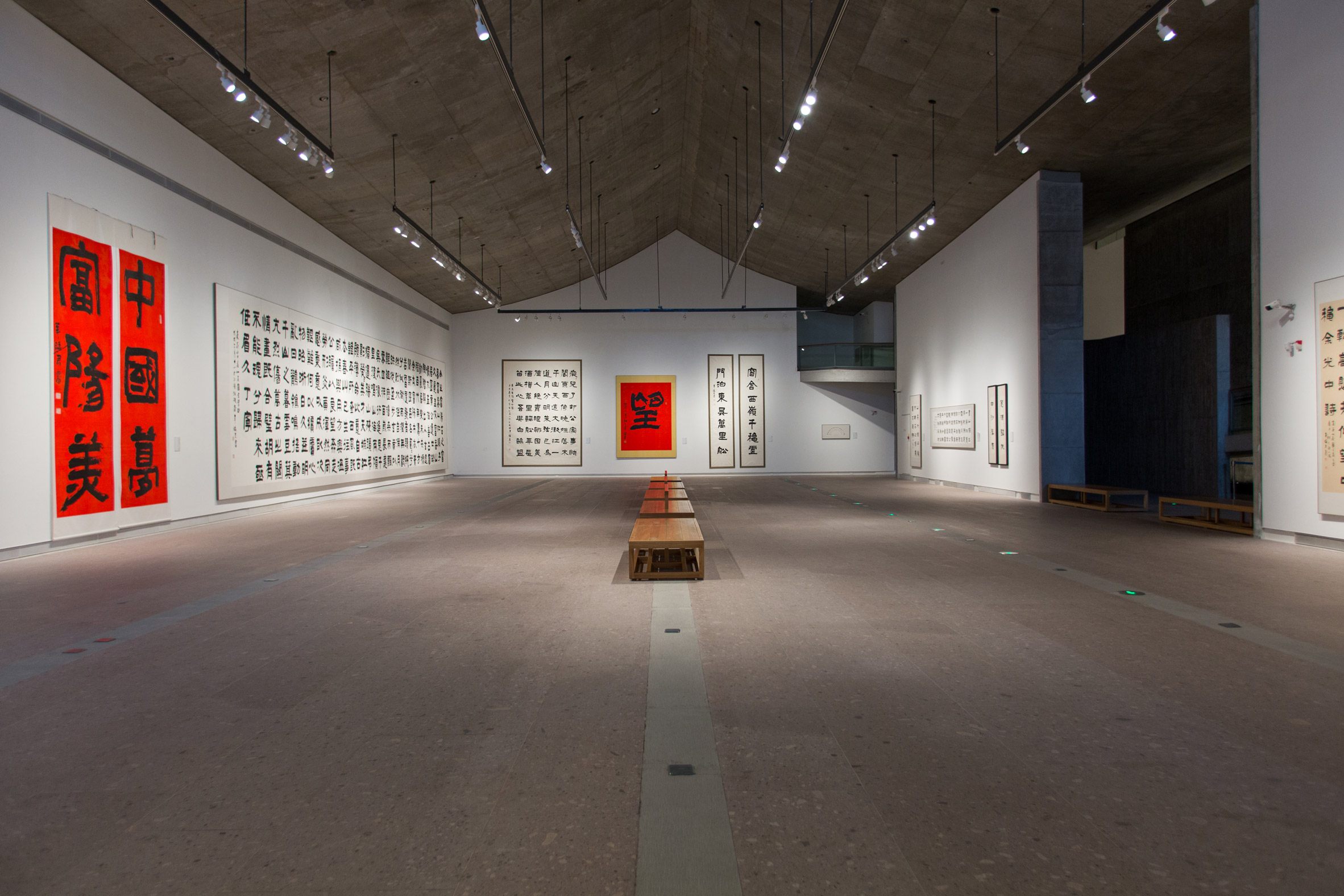
Wang Shu founded the Amateur Architecture Studio in Hangzhou with his wife, Lu Wenyu, in 1998. In 2012 he was the first Chinese architect to win the prestigious Pritzker Prize, when the jury praised his "unique ability to evoke the past, without making direct references to history".
Amateur Architecture Studio only took the commission to design the Fuyang Cultural Complex on the condition they could also work on the preservation of the local village of Wencun.
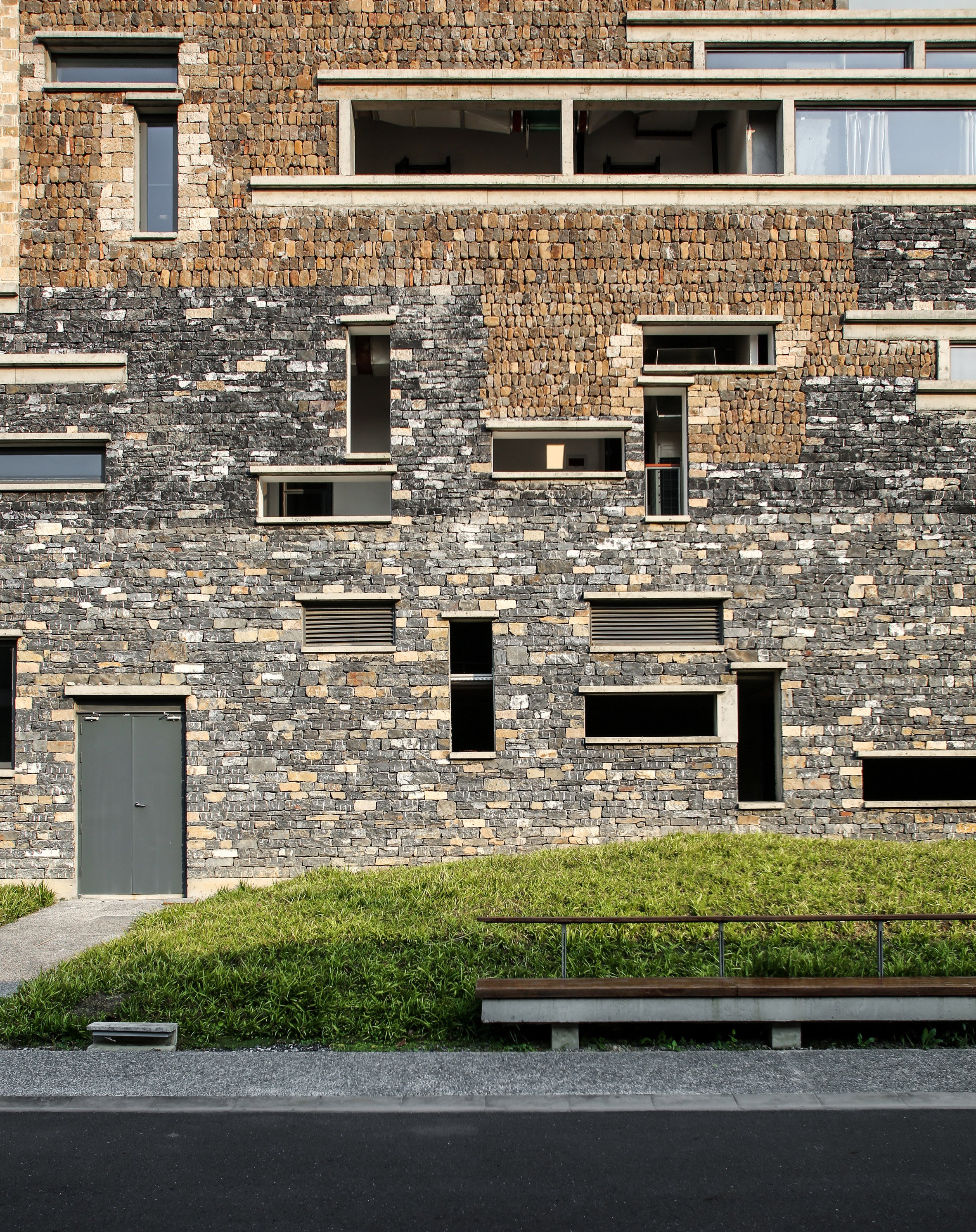
Together with students from the China Art Academy the architects made a survey of old houses in scores of villages in the area, researching traditional construction techniques and materials.
Amateur Architecture Studio then restored homes in Wencun, using stone, bamboo, rammed earth, as well as building larger units that included space for the village industry of breeding silkworms. They displayed the results of their report at the 2016 Venice Architectural Biennial.
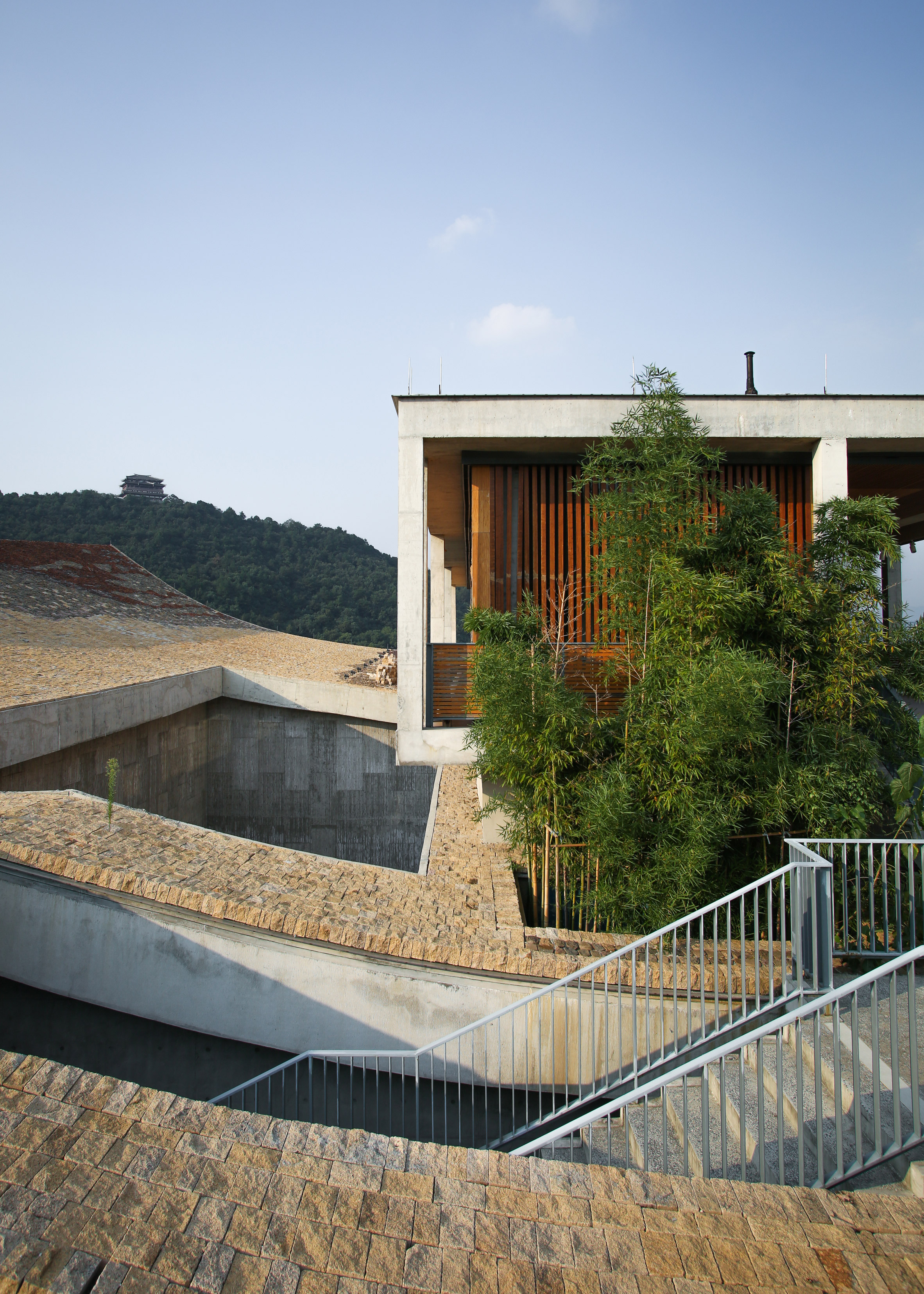
Amateur Architecture Studio incorporates methods and materials from their rural research in many of Wang Shu's urban designs, which draw on vernacular architecture.
The narrow windows of the Fuyang Cultural Complex are similar to those of Amateur Architecture Studio's Ningbo History Museum. Completed in 2008, the facade of the three-storey cultural building is mostly composed of debris from demolished villages that were cleared to make way for local developments.
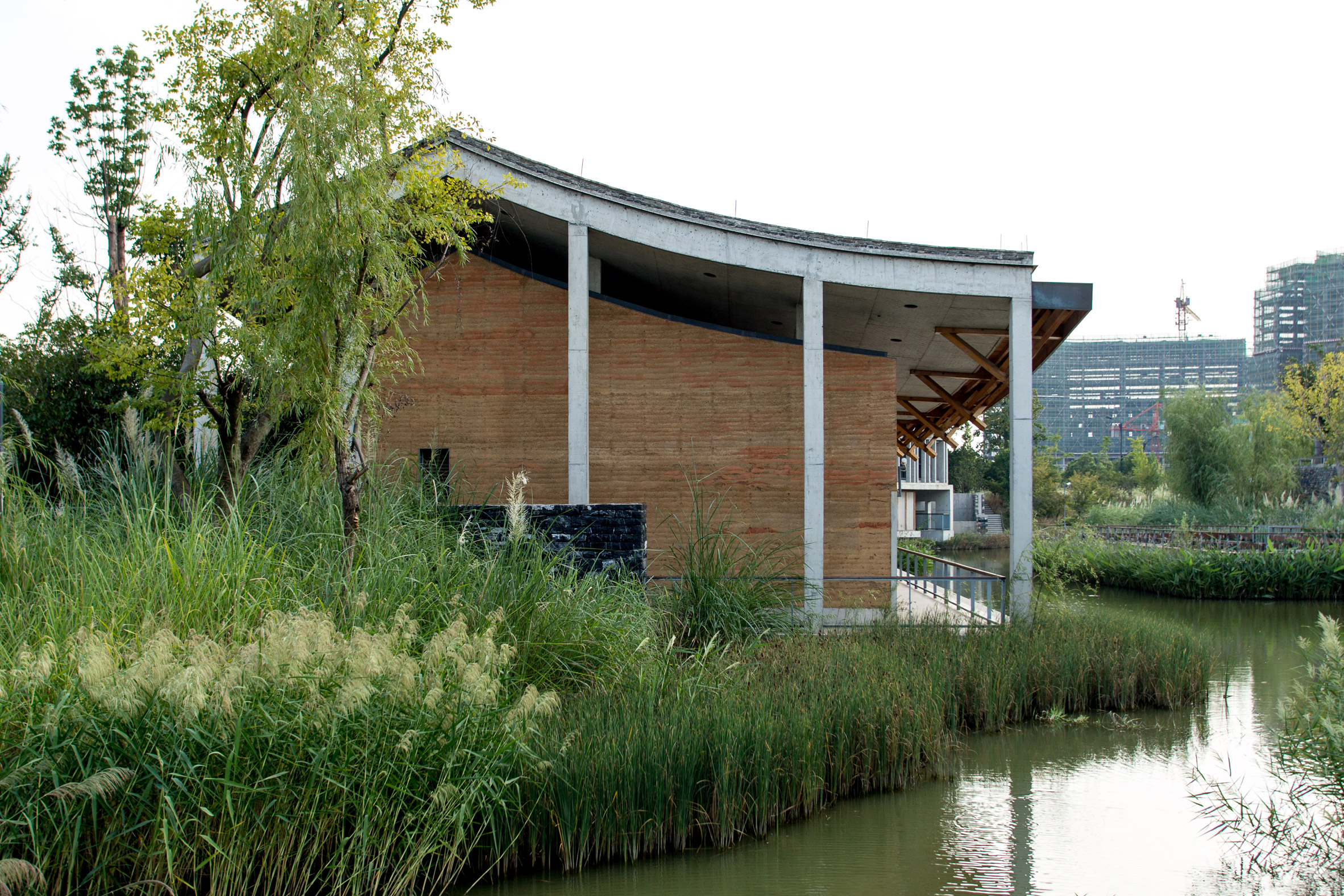
Most of the Hangzhou-based studio's work is in China. Previous projects include the Xiangshan Campus at the Chinese Academy of Art and the Library of Wenzheng College at Suzhou University Suzhou.
Wang Shu and Lu Wenyu were one of seven international architects who designed bus stops for the Austrian village of Krumbach, creating a timber-frame shelter in return for a free holiday there.
Fellow Pritzker Prize-winner Alvaro Siza recently completed a new building for the China Arts Academy, where Wang Shu designed many buildings on campus. The angled volumes of the International Design Museum of China are clad in red sandstone and its roof can be walked by ramps and pathways.
Photography is by Yueqi Jazzy Li.
The post Wave-shaped roof of recycled tiles tops Wang Shu's Fuyang Cultural Complex appeared first on Dezeen.
from Dezeen https://ift.tt/2PFF5nV
via IFTTT
0 comments